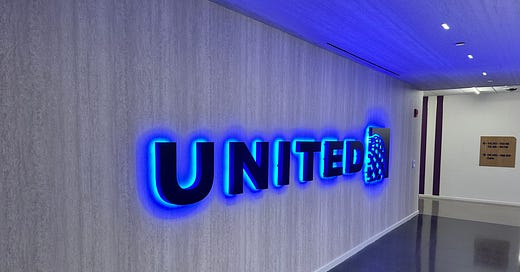#10. United Airlines: Innovation and Strategy at Chicago HQ
Insights from Leadership and Operations
A recent visit to United Airlines' Chicago Headquarters provided valuable insights into the carrier's operations, strategic vision, and position within the competitive airline industry. Through discussions with key leadership including Glenn Hollister, Vice President of Sales Strategy & Effectiveness, we gained a comprehensive understanding of United's approach to market challenges and opportunities.
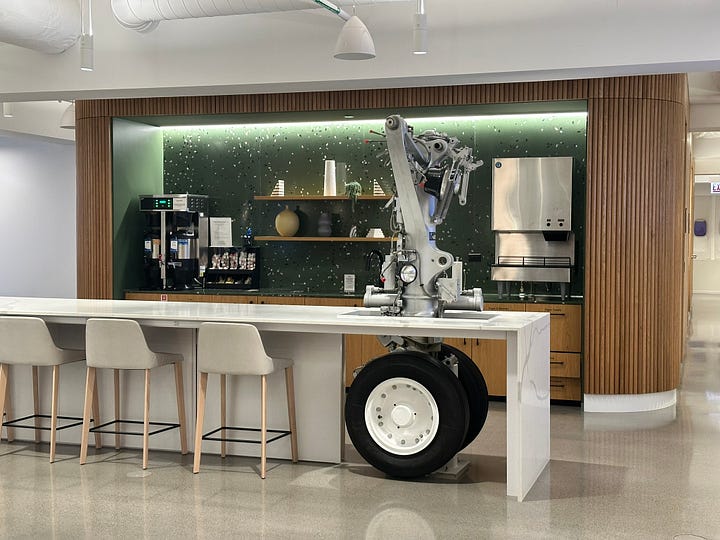
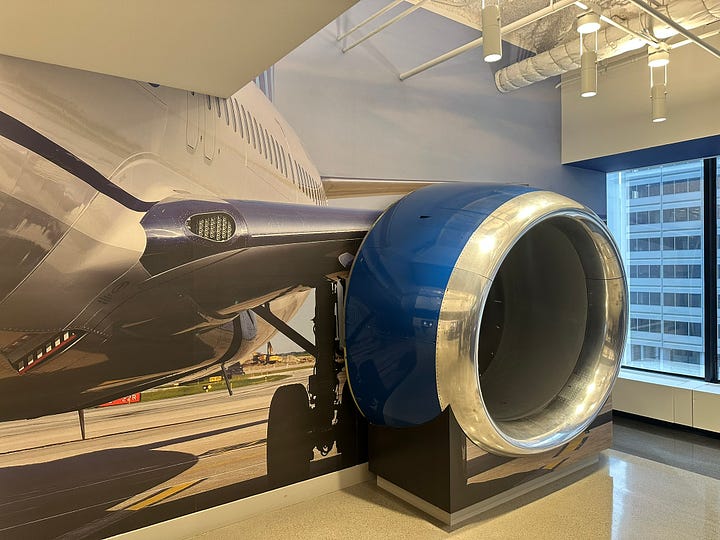
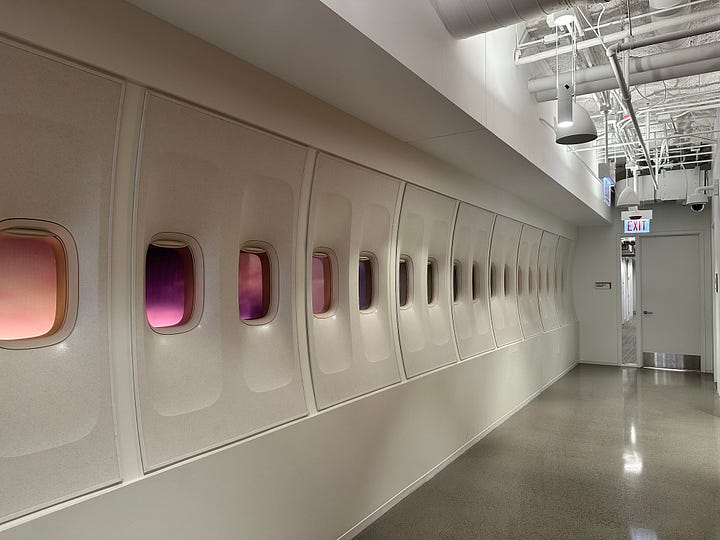
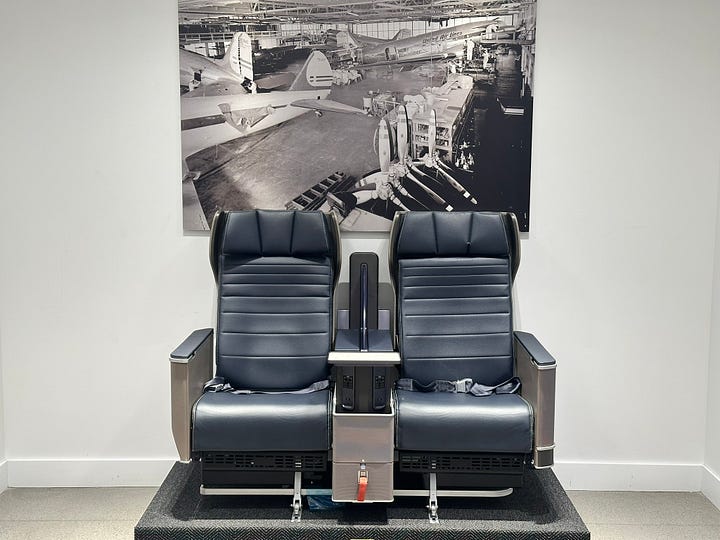
Strategic Leadership Perspective
Glenn Hollister, who brings 17 years of consulting experience from ZS to his role overseeing products, pricing, analytics, and strategy, shared remarkable industry insights. His team of approximately 180 professionals (120 in the US, 40 in India, and 20 in Buenos Aires) drives United's strategic initiatives in an increasingly complex market.
Perhaps most striking was Hollister's assessment of industry profitability: approximately 95% of the airline industry's profits are captured by just two carriers—Delta and United. Meanwhile, Southwest and American Airlines operate at roughly breakeven, while ultra-low-cost carriers like Spirit and Frontier struggle with consistent losses.
Market Segmentation and Revenue Strategy
United's approach to market segmentation reveals careful strategic planning. Their Basic Economy offering provides competitive pricing for cost-conscious travelers while maintaining premium options for higher-spending customers. This dual approach is particularly significant considering Hollister's observation that business travelers typically spend 2.5 times more than leisure travelers.
The pandemic has shifted market dynamics, with business passenger numbers remaining 2-3 percentage points below pre-pandemic levels. However, the "premium leisure" segment has emerged as a durable new category. This shift aligns with broader economic patterns—Hollister noted that 50% of all consumer spending comes from the top 10% of earners.
Currently, United derives approximately 30-35% of its revenue from business travel, with leisure travelers accounting for the remainder. This balance allows United to weather fluctuations in either market segment more effectively than carriers heavily dependent on a single customer type.
Network Strategy and Fleet Development
Our discussions with other United leaders—including Molly Hennessy (Managing Director of Crew and Catering Technology), Stacy Dickinson (Director of Loyalty Operations and Product Development), Darren Scott (Director of Atlantic and Hawaii Planning), and Alexander Dorow (Director of Clubs and Lounges)—highlighted United's comprehensive approach to network planning and fleet modernization.
United now boasts the largest fleet in the world with over 1,000 aircraft and continues to expand. This capacity allows for greater flexibility in route planning and scheduling, creating competitive advantages in both domestic and international markets.
Network planning at United follows a sophisticated three-tier approach:
Strategic Planning: Focuses on long-term fleet development, network expansion, and hub infrastructure investments.
Route Planning: Includes capacity allocation, forecasting the impact of network changes, and optimizing connections between destinations.
Scheduling Optimization: Ensures ideal flight timing, maximizes asset utilization, maintains operational reliability, and enhances passenger connectivity opportunities.
Competitive Landscape Analysis
Hollister's insights on competition were particularly illuminating. While budget airlines like Allegiant and Sun Country have found profitability in niche routes, others like Spirit face significant challenges—Hollister predicts Spirit will emerge from Chapter 11 bankruptcy as a much smaller carrier.
United's positioning between the ultra-low-cost carriers and premium-only options appears strategically sound, allowing them to capture value across customer segments while maintaining operational efficiency.
Conclusion
Our visit to United's Chicago Headquarters revealed a carrier firmly positioned at the forefront of the industry through strategic leadership, sophisticated market segmentation, and comprehensive network planning. As the airline industry continues to evolve post-pandemic, United's balanced approach to business and leisure travel, combined with its expanding fleet and network optimization, suggests a resilient model for sustained profitability and growth.
The insights gained from United's leadership team provide valuable perspective on not just airline operations, but broader trends in consumer behavior, market segmentation, and strategic planning that can inform approaches across industries.

